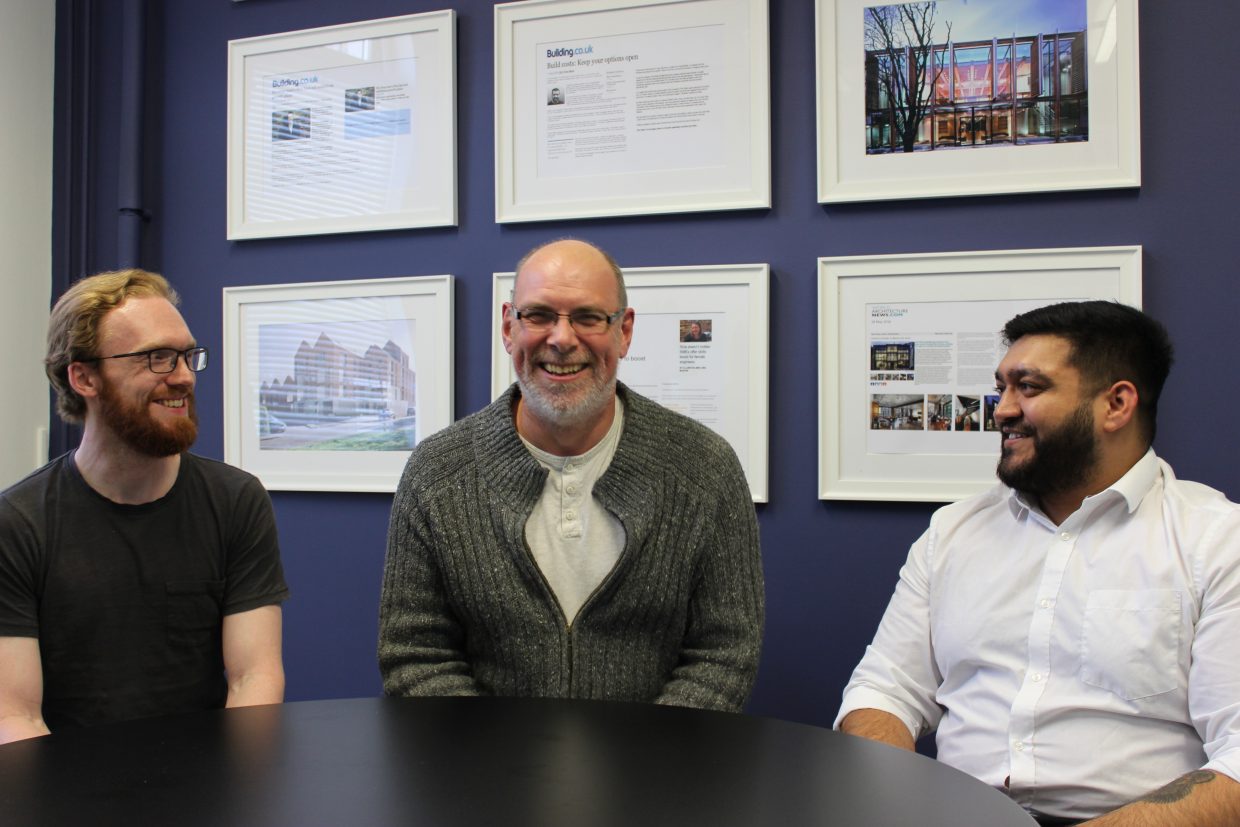A bit of a BIM update
July 2022
Automation and How it can Change Workflows to Better Utilise Our Skills
Our BIM champions Steve Rigby, Nathan Ferrao and Senior Engineer Toby Melin have been working tirelessly to automate workflows that allow both engineers and technicians to focus on adding value to projects rather than spending time on what are often repetitive tasks.
We caught up with them to chat about this amazing bit of work:
Q: Steve, Nathan, Toby, this all sounds very exciting but can you please explain to us in layman’s terms what automation allows us to do?
Team: In short, it saves us from spending a lot of time doing a lot of the mundane project set up tasks like creating drawings, document issue registers etc. We also use scripts for checking and making large model changes en masse. We’ve also used more sophisticated scripts to generate parametric models that can be used for both analysis and generating drawings.
Q: What do you mean when you talk about scripts?
Team: The scripts are pieces of visual code, written in either Dynamo or Grasshopper that allow us to instruct other pieces of software (Revit, Rhino etc) to perform tasks on a very large scale. It’s great for anything that needs lots of tasks done repetitively but also, they allow us to access parts of the software that aren’t available through the regular interface.
Q: Can you give us a basic example of something you’ve used these scripts for?
Team: Sure, one example is a tool we developed in Dynamo and Excel that enabled us to create all the levels relevant to the new project, then create all the different type of views relating to those levels, such as General Arrangements, loading plans etc. based around the use of scope boxes in our Revit template whilst organising them at the same time in the project browser within Revit. We can then use this to automatically populate document issue registers and it guarantees identical data. On a large project, this could have taken days to do in the past and let’s be honest, it’s the job that no one enjoys doing, but now we’re able to do that work in minutes which allows us to get started more quickly on the more difficult and important work.
Q: So, what’s the next step?
Team: Well, we’re using our scripts on a daily basis and they get refined all the time as we learn more or require slightly different processes on specific projects but there’s a few things we’re particularly interested in exploring:
- We’ve already got scripts set up for generating models of repetitive structures and the next step for us is to build on those to allow us to apply them to projects that are a lot more non-standard in terms of geometry.
- At the moment we’re predominantly using our scripts for Revit, Rhino, Robot and Excel but we know that there’s a whole load of untapped potential for how these can be used to extract information. One of the areas we want to target for this is our drainage design models and allowing data to be exchanged between it and the 3D Revit model to update.
Q: This is brilliant. We look forward to reading the next chapter. Thank you all.

